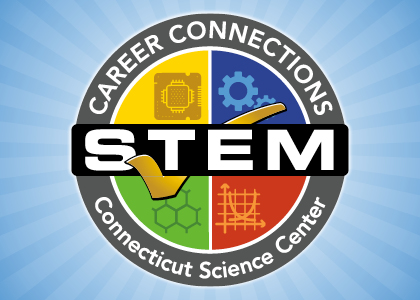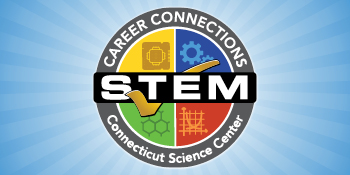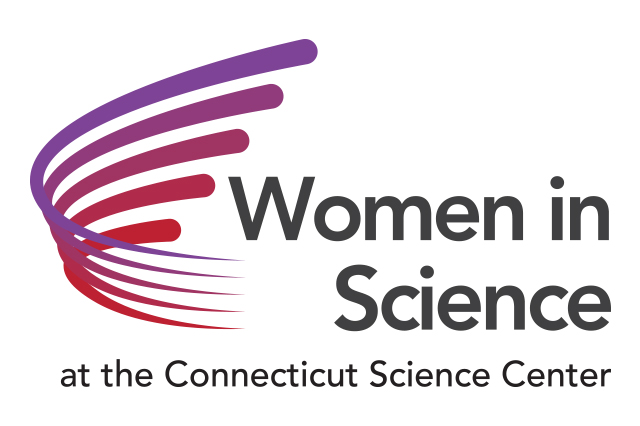Environments are all around us, even at the Connecticut Science Center! When hearing the term “environment”, most people likely think of a forest, or something to do with nature. While those certainly are environments, they aren’t the only kind. Even cities like Hartford have environments to be studied, but what’s the point of studying environments? Isn’t nature just trees, and cities just concrete?
Even though the environment is all those things, it impacts many aspects of day-to-day life. The concrete in sidewalks, the electricity in lightbulbs, the type of crops growing, etc. are all dependent on the environment. Believe it or not, all these things (and so much more) fall under the umbrella of environmental science. Environmental science studies the different aspects of the environment to learn more about them and solve problems within them that may be caused by and/or impacting humans. For example, water usage is a very important topic for environmental scientists due to the increasing scarcity of fresh water. Even though it seems like it’s all around us, it’s being used faster than the environment can replenish it.
One thing environmental scientists can do is help to educate people about this. A 2019 survey showed that when asked, many people were unaware of their personal water usage, but wanted to work towards having cleaner water. This study was also able to highlight the importance of educating citizens about water quality and usage, as 86% of the study participants underestimated their personal water usage.
However, being an environmental scientist doesn’t only have to do with serious data about water usage. Environmental scientists also get to learn about some of the coolest places on Earth, such as the rainforest! The rainforest is a very diverse ecosystem, as one can see when looking at the many different animals currently living in Under the Canopy. It’s easy to see that New England has a vastly different environment than the rainforest, but they do share some resources. Through the water cycle, the circulation in the atmosphere, and other processes, the different environments of the world are interconnected. That means that even though a rainforest may be hundreds of miles away, you still can have an impact on it. Topics such as these show just a glimpse of the work environmental scientists can do, and how important they are in the scientific community by helping us to understand the world around us.
Mary Ferguson is docent in the Connecticut Science Center exhibit “Under the Canopy”. She is pursuing a Bachelor’s of Science in Geosciences at the University of Connecticut, with a minor in Women’s, Gender, and Sexuality Studies.



